Soybean is a short-day plant requiring hot weather for optimum production. They are adapted to grow in many soils (pH 6.5) and climates but require adequate soil moisture for germination. Soybeans fix approximately half of the nitrogen they need for growth. The other half must be supplied through fertilizer application and a good supply of phosphorus and potassium (depending on the soil test results). They should be provided with irrigation at flowering and seed-set for maximum seed fill and optimal yield. Soybean needs phosphorus and nitrogen for healthy growth.
/grain_soybeans2-56caf5bb5f9b5879cc524628.jpg)
But the weather doesn’t always cooperate—too wet, too dry, too hot, too cold. Weeds, pests, and diseases all proliferate. Most of these problems seem beyond the farmer’s control, but some things could be done to prevent or overcome them. To prevent this and keep the plant or soybean healthy, consider these:
- Choose the suitable varieties: Right choice of resistant varieties and healthy seeds is essential to determine the health of the yield.
- Consider soil fertility: It’s easy to forget about the nutritional requirements for soybean plants. So, regularly test soils to maintain good health & pH of the soil. However, do not mix soybean and groundnut plants since their requirements are different.
- Plant on time: Optimum time of sowing for both crops is from mid of May to the end of June or the start of July, subject to soil moisture/rainfall availability.
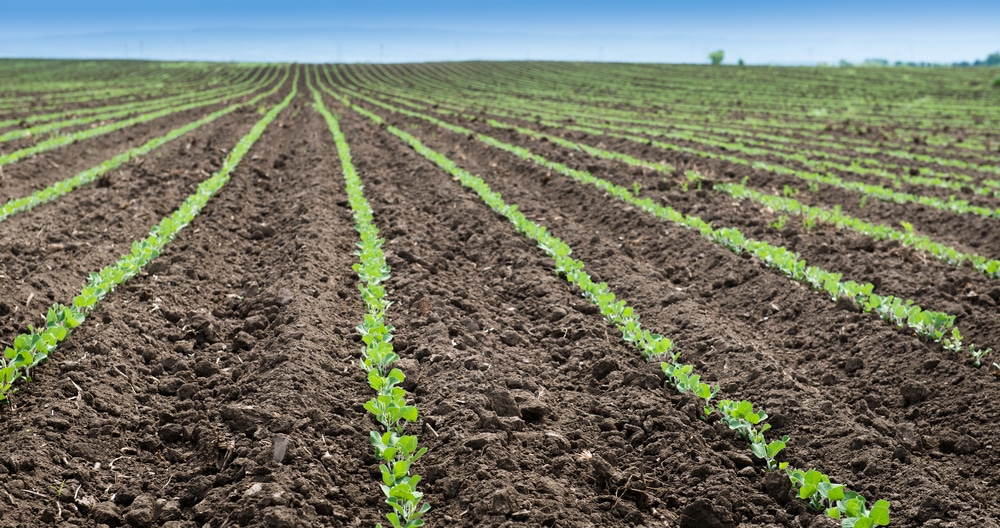
- Start with a clean field: Using an initial pre-emergent herbicide (Alachlor @ 1 – 2 kg/ha) can prevent weed infestation & also helps to provide a more significant window for a later post-emergent application.
- Maximize light absorption: Having less than 30-inch rows is beneficial for achieving high yields.
- Scout often: To prevent yield loss to insects or diseases, scouting is important to observe and determine the crops frequently. It predicts pest severity and development.
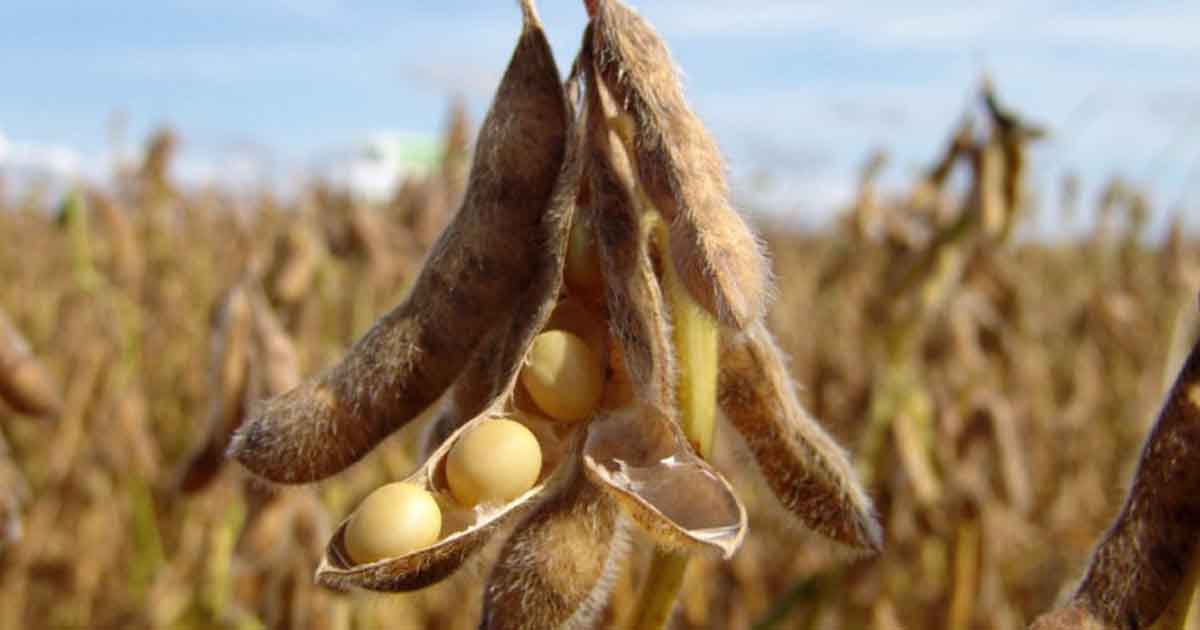
Conclusion
The oilseeds trade has observed an increase in the area since soybean had fetched better returns for the farmers last year and even better & higher rates this year. Also, higher MSPs, availability of inputs, & timely arrival of monsoon have encouraged many farmers to cultivate oilseeds, especially soybean, during this season. Hence farmers need to know how to take care of their crops in simple yet effective ways.

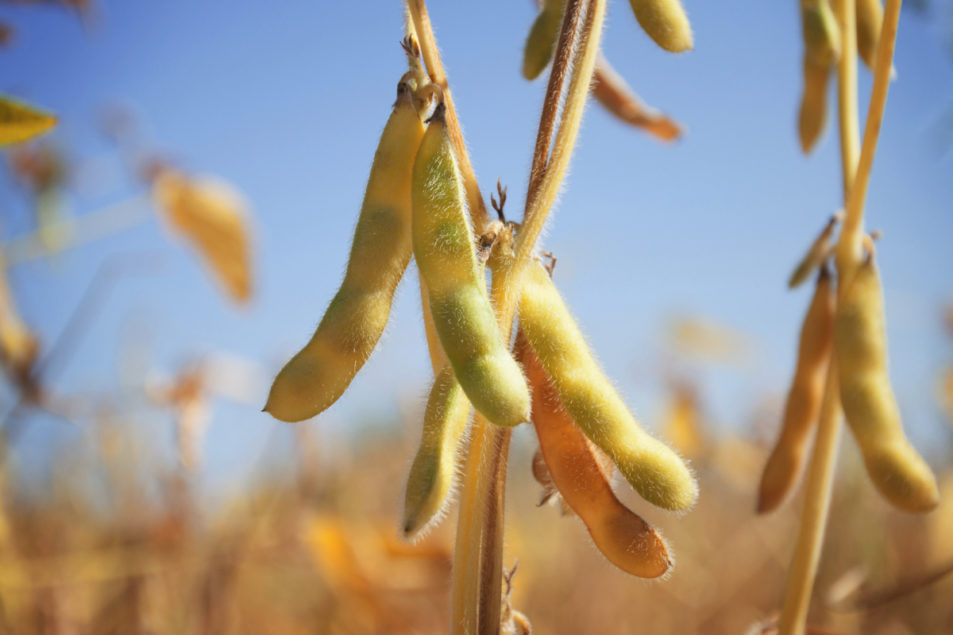
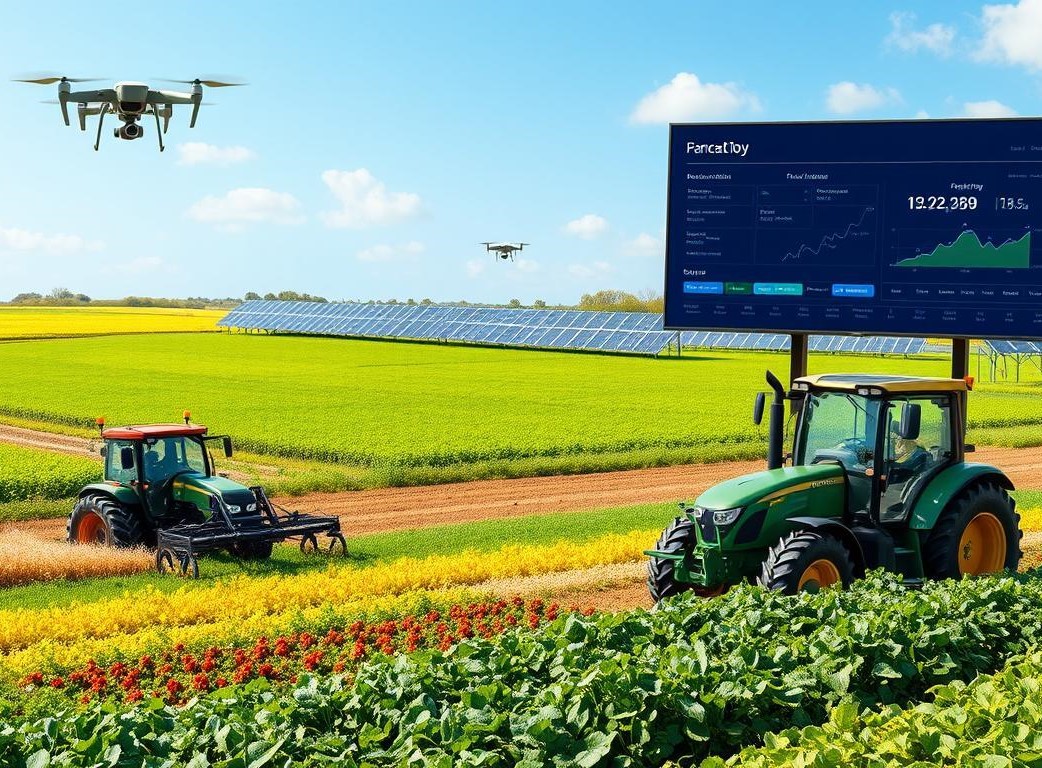



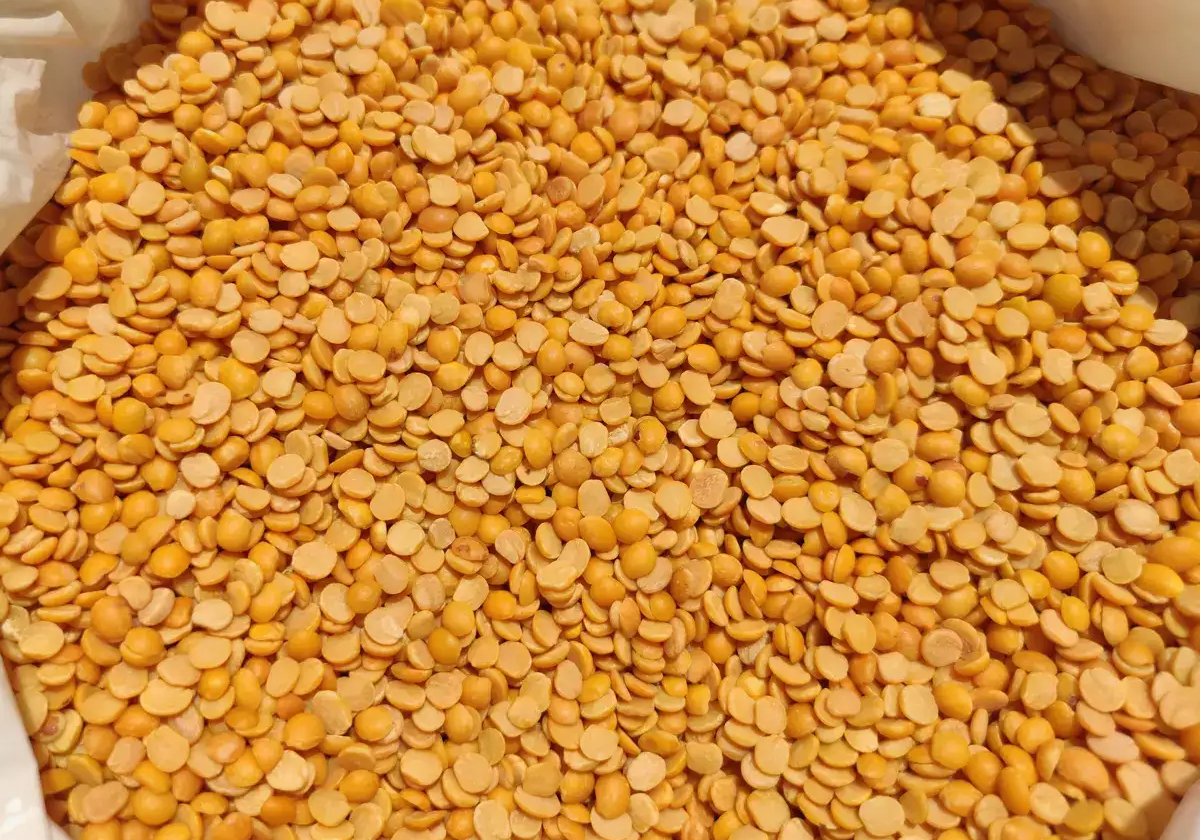

 Connect With Us
Connect With Us